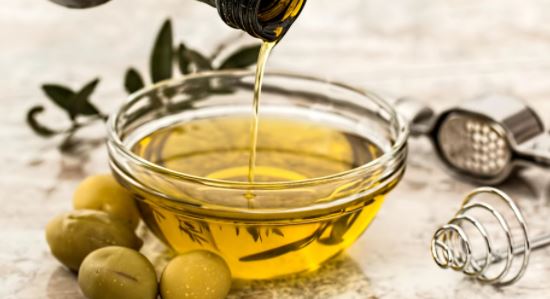In most households, it is a common belief that oil never goes bad, but is it actually true?
Well, it may leave you amazed, but much like other varieties of oil, olive oil too comes with a shelf life and can lose its taste, texture, and efficacy due to several reasons.
Here’s all you need to know about olive oil and how to check its freshness.
Does olive oil go bad?
From commercial kitchens to day-to-day cooking, olive oil is considered to be one of the healthiest cooking oils, but much like other oils, this oil variety can lose its texture, taste, and smell. Here are some tips to understand and check the early signs of rancidity to ensure it is in perfect condition to use. Below are some easy ways to tell if your olive oil has gone bad.
1. Check the expiry date
Olive oil has a shelf life of approximately 18-24 months from the bottling date. While it might still be safe to consume beyond this time, the quality and taste can deteriorate. Always check the expiry date on the bottle to give you a general idea of its freshness. If it’s past this date, there’s a higher chance that the oil may have gone rancid.
2. Smell it
Fresh olive oil has a pleasant, fruity, or grassy aroma. If your olive oil smells sour, musty, or like crayons, it’s a strong indicator that it has gone bad. The rancid smell is caused by the oxidation process, which occurs when the oil is exposed to light, air, or heat over time. A change in smell is one of the easiest ways to detect spoilage.
3. Taste it
A quick taste test can also help determine if olive oil is still good. Fresh olive oil will have a mild, slightly peppery, and smooth taste, with a hint of bitterness. If the oil tastes bitter, sharp, or sour, it’s likely gone bad. A rancid flavor can be more pronounced if the oil has been stored improperly or for too long.
4. Sediment
Olive oil should be clear or slightly cloudy if it’s unfiltered. However, if your oil has developed an unusual cloudiness or sediment that wasn’t present when you first opened it, it could be a sign of spoilage. Cloudiness in olive oil can sometimes occur when it’s stored in a cool environment, but if the oil has an off taste or smell alongside the cloudiness, it’s best to discard it.
5. Check the color
The color of olive oil can vary depending on the type of olives used, but it should generally be a golden-yellow or greenish hue. Over time, the oil may darken, especially when exposed to air, light, or heat. While color changes alone don’t necessarily indicate rancidity, if the oil has become much darker and combined with other signs, it’s time to check it more thoroughly.
7. Storage conditions
Olive oil can go bad faster if stored incorrectly. It should be kept in a cool, dark place away from heat sources, such as stovetops, and out of direct sunlight. If your olive oil has been exposed to high temperatures or light for prolonged periods, it may have gone rancid even before its expiry date. Proper storage is key to maintaining its freshness.
8. Packaging
Olive oil that’s stored in a clear bottle is more vulnerable to spoilage than oil in a dark glass or opaque container. Light exposure accelerates the oxidation process, causing the oil to go bad quicker. If you find that your olive oil has been in a transparent bottle for a long period, it may have already degraded, even if it hasn’t yet reached the expiry date.







